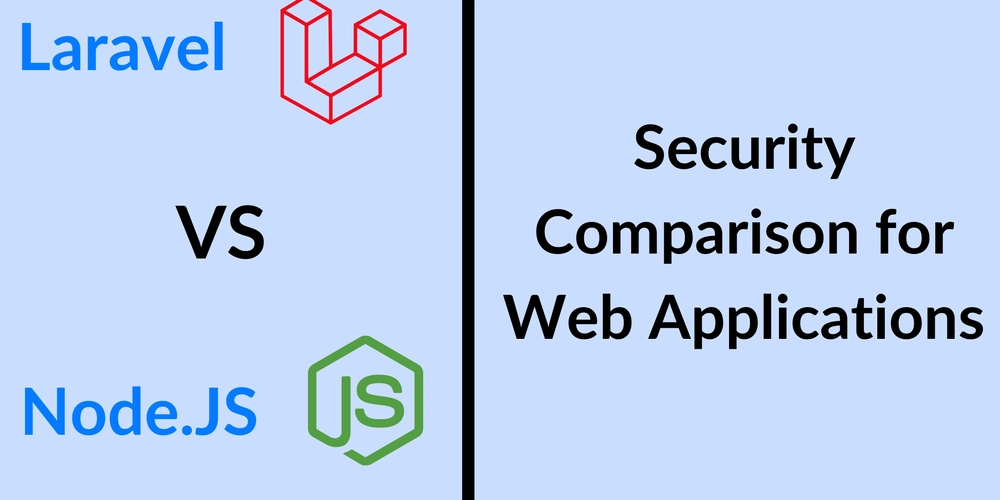Jamstack Development: A Revolutionary Approach to Building Fast and Secure Websites
The modern digital landscape is evolving rapidly, and businesses must adapt to stay competitive. Website performance, security, and scalability are crucial factors that determine the success of any online platform. Traditional Jamstack web development approaches often struggle to meet these demands, leading to slow-loading pages, security vulnerabilities, and complex server-side infrastructure. Enter Jamstack—a revolutionary web development architecture that transforms how websites and applications are built. By leveraging JavaScript, APIs, and Markup, Jamstack offers unmatched speed, security, and scalability, making it the preferred choice for modern web development. In this article, we will explore the key benefits, working principles, and why Jamstack is revolutionizing the way we build websites. What is Jamstack? Jamstack is a modern approach to web development that emphasizes pre-rendered content, decoupled architecture, and API-driven functionality. Unlike traditional monolithic website architectures (such as WordPress or PHP-based websites), Jamstack does not rely on a server to generate pages dynamically. Instead, content is pre-generated and served as static files, ensuring faster load times and enhanced security. Breaking Down Jamstack: J - JavaScript: Handles dynamic functionality on the client side, using frameworks like React, Vue.js, and Angular. A - APIs: Third-party or custom APIs provide dynamic data handling, replacing traditional back-end servers. M - Markup: Prebuilt static HTML files, generated using static site generators like Gatsby, Next.js, and Hugo. This architecture allows content delivery via a Content Delivery Network (CDN) instead of relying on a central server, making websites faster, more secure, and scalable. The Key Benefits of Jamstack Development 2.1. Unmatched Performance Speed is a crucial factor for user experience and SEO. Studies show that 53% of users leave a site that takes more than 3 seconds to load. With Jamstack, pages are pre-rendered and served via CDNs, reducing the time it takes for a user to access content.

The modern digital landscape is evolving rapidly, and businesses must adapt to stay competitive. Website performance, security, and scalability are crucial factors that determine the success of any online platform. Traditional Jamstack web development approaches often struggle to meet these demands, leading to slow-loading pages, security vulnerabilities, and complex server-side infrastructure.
Enter Jamstack—a revolutionary web development architecture that transforms how websites and applications are built. By leveraging JavaScript, APIs, and Markup, Jamstack offers unmatched speed, security, and scalability, making it the preferred choice for modern web development.
In this article, we will explore the key benefits, working principles, and why Jamstack is revolutionizing the way we build websites.
- What is Jamstack?
Jamstack is a modern approach to web development that emphasizes pre-rendered content, decoupled architecture, and API-driven functionality. Unlike traditional monolithic website architectures (such as WordPress or PHP-based websites), Jamstack does not rely on a server to generate pages dynamically. Instead, content is pre-generated and served as static files, ensuring faster load times and enhanced security.
Breaking Down Jamstack:
J - JavaScript: Handles dynamic functionality on the client side, using frameworks like React, Vue.js, and Angular.
A - APIs: Third-party or custom APIs provide dynamic data handling, replacing traditional back-end servers.
M - Markup: Prebuilt static HTML files, generated using static site generators like Gatsby, Next.js, and Hugo.
This architecture allows content delivery via a Content Delivery Network (CDN) instead of relying on a central server, making websites faster, more secure, and scalable.
- The Key Benefits of Jamstack Development
2.1. Unmatched Performance
Speed is a crucial factor for user experience and SEO. Studies show that 53% of users leave a site that takes more than 3 seconds to load. With Jamstack, pages are pre-rendered and served via CDNs, reducing the time it takes for a user to access content.











































































































































































![[The AI Show Episode 142]: ChatGPT’s New Image Generator, Studio Ghibli Craze and Backlash, Gemini 2.5, OpenAI Academy, 4o Updates, Vibe Marketing & xAI Acquires X](https://www.marketingaiinstitute.com/hubfs/ep%20142%20cover.png)




























































































































![[DEALS] The Premium Learn to Code Certification Bundle (97% off) & Other Deals Up To 98% Off – Offers End Soon!](https://www.javacodegeeks.com/wp-content/uploads/2012/12/jcg-logo.jpg)


![From drop-out to software architect with Jason Lengstorf [Podcast #167]](https://cdn.hashnode.com/res/hashnode/image/upload/v1743796461357/f3d19cd7-e6f5-4d7c-8bfc-eb974bc8da68.png?#)








































































































.png?#)

































_Christophe_Coat_Alamy.jpg?#)
 (1).webp?#)





































































































![Apple Considers Delaying Smart Home Hub Until 2026 [Gurman]](https://www.iclarified.com/images/news/96946/96946/96946-640.jpg)
![iPhone 17 Pro Won't Feature Two-Toned Back [Gurman]](https://www.iclarified.com/images/news/96944/96944/96944-640.jpg)
![Tariffs Threaten Apple's $999 iPhone Price Point in the U.S. [Gurman]](https://www.iclarified.com/images/news/96943/96943/96943-640.jpg)




































































































































